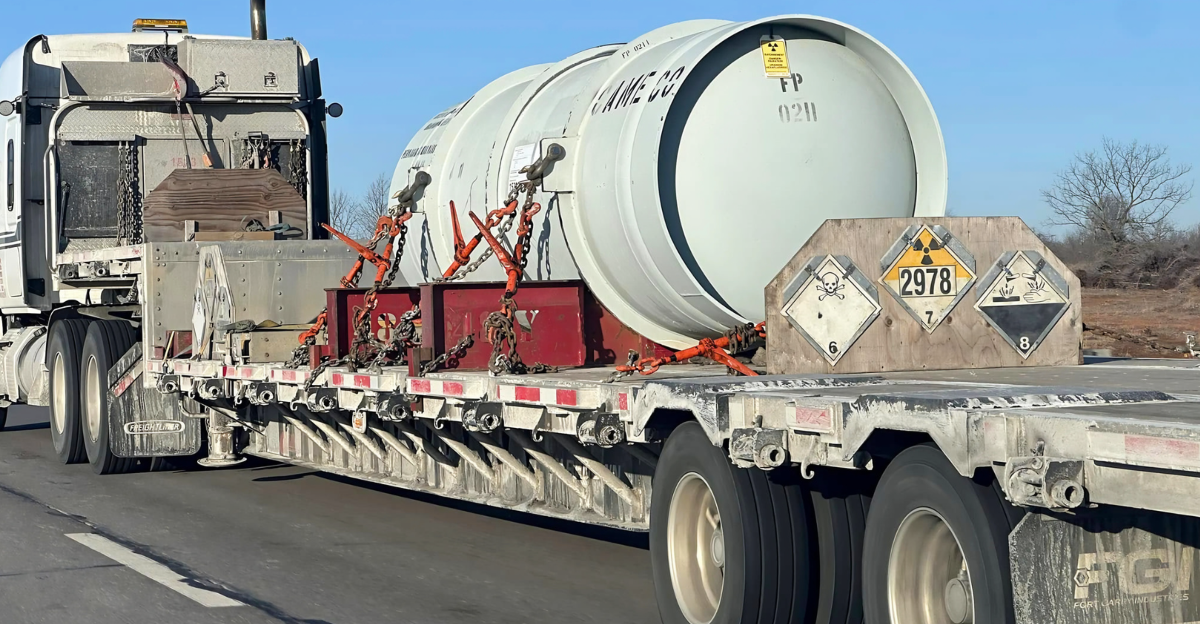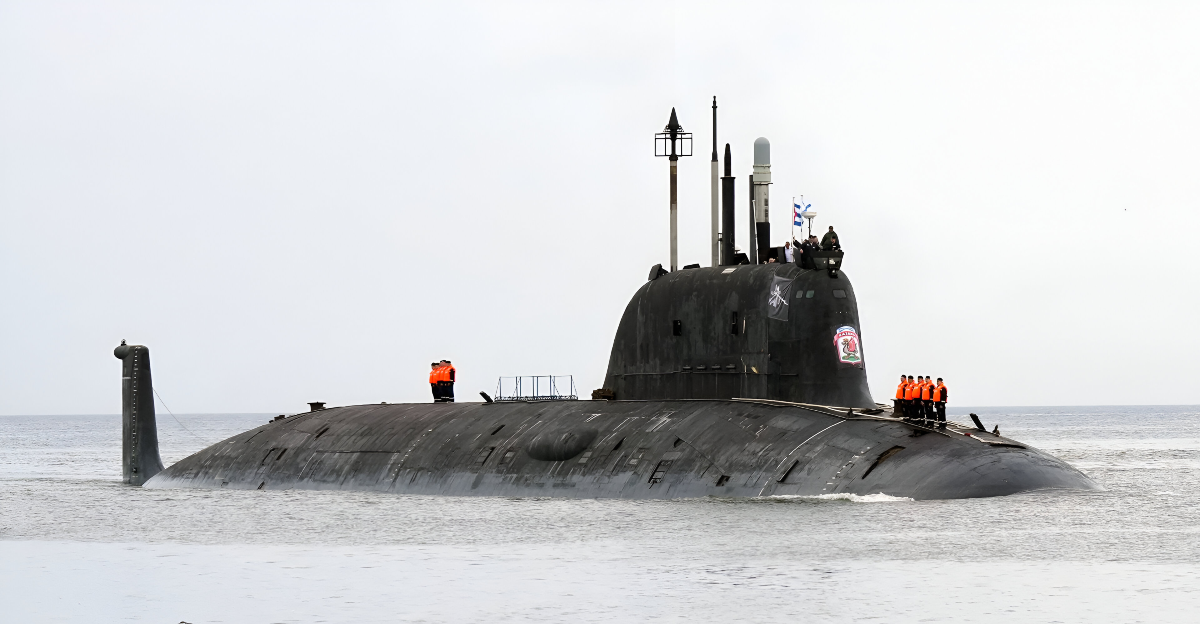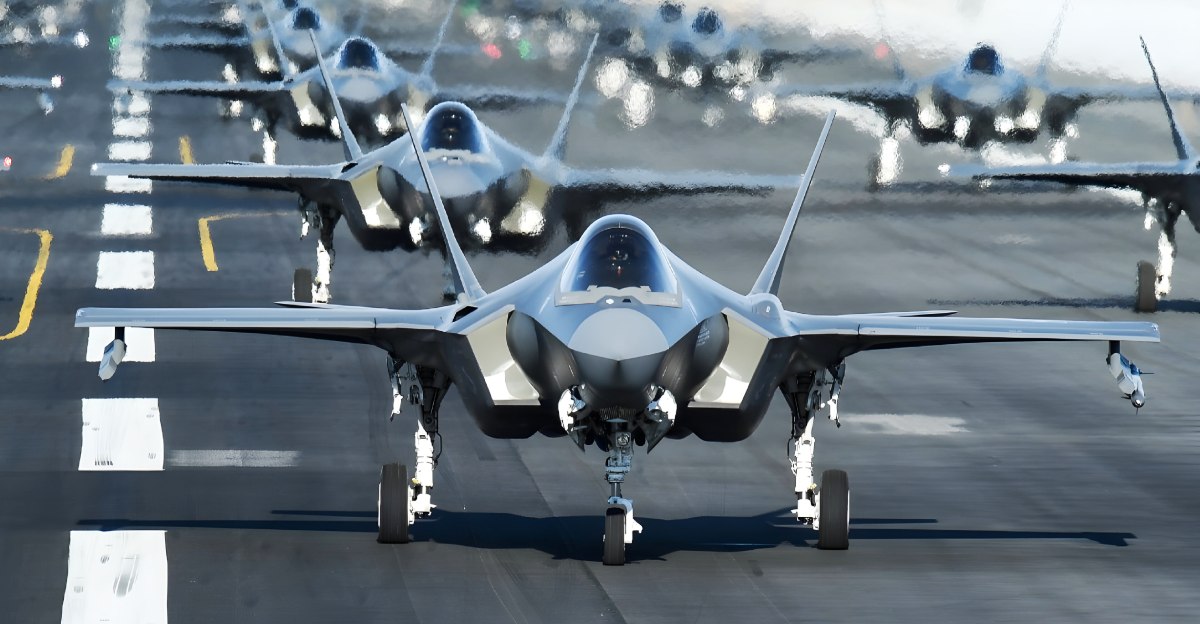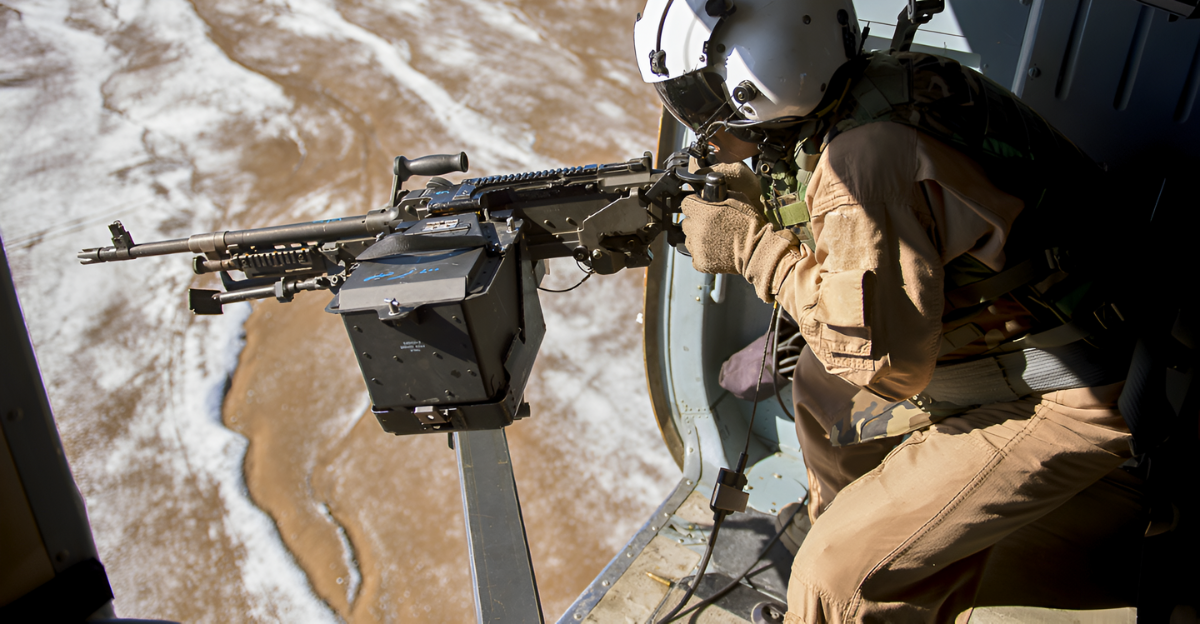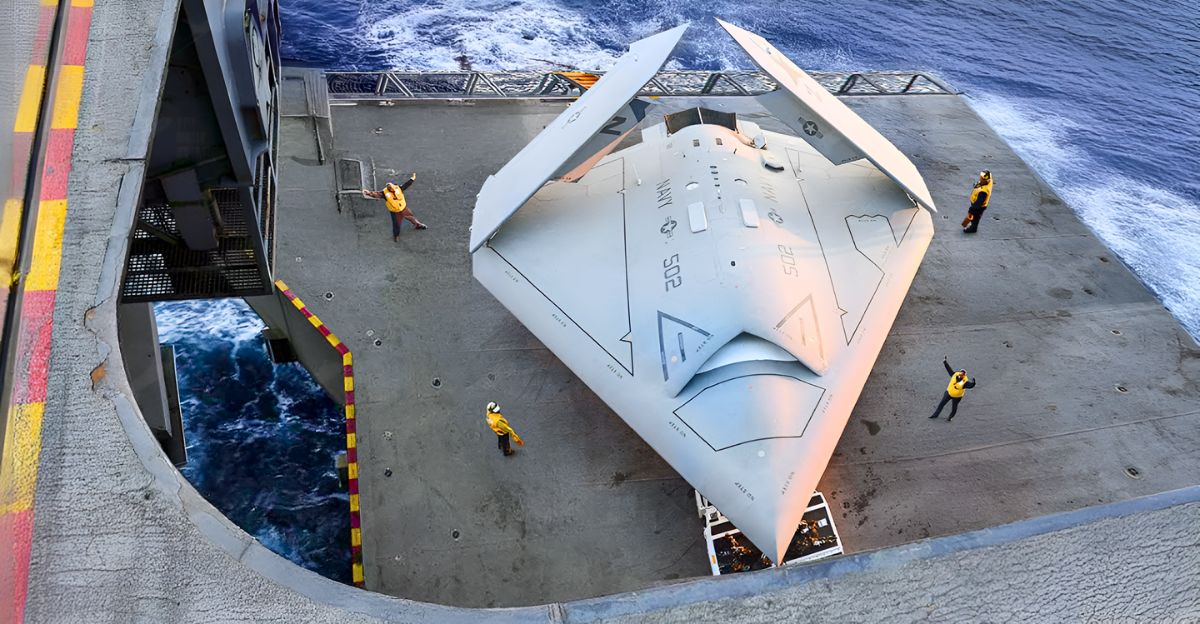
In June 2025, Israel launched unprecedented strikes targeting Iran’s critical oil and gas infrastructure, marking a significant escalation in their long-standing rivalry. The most notable attack was on the South Pars gas field, the world’s largest natural gas reserve, jointly shared by Iran and Qatar. This direct assault on Iran’s energy sector signals a strategic shift from previous military engagements, aiming to undermine Iran’s economic and military capabilities. The strikes included a central fuel depot and refinery near Tehran, causing fires and operational disruptions. These attacks have impacted Iran’s domestic energy supply and raised concerns about regional stability and global energy markets. Civilian casualties have been reported, intensifying the humanitarian toll. This article explores the details, impact, and broader significance of these strikes in the context of the ongoing Iran-Israel conflict.
Overview of the Attack
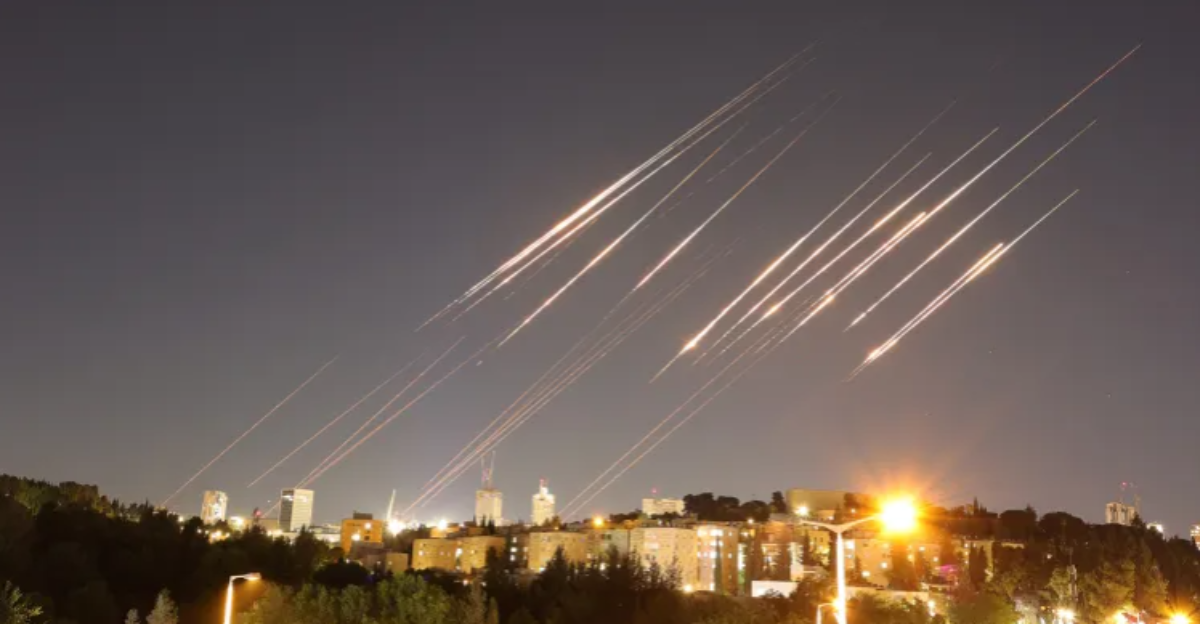
Israel’s airstrikes on June 13-15, 2025, targeted multiple Iranian sites, including military, nuclear, and energy facilities. The South Pars gas field in Bushehr province suffered a powerful explosion and fire at a gas processing plant, forcing Iran to halt production partially. Additional strikes hit a fuel depot and refinery near Tehran, catching fire and disrupting operations. These attacks represent the first time Israel has directly targeted Iran’s energy infrastructure, marking a strategic escalation designed to cripple Iran’s economic lifelines. The South Pars field is crucial for Iran, supplying about 80% of its natural gas output, which is mainly consumed domestically due to sanctions.
Details of the Strike on South Pars
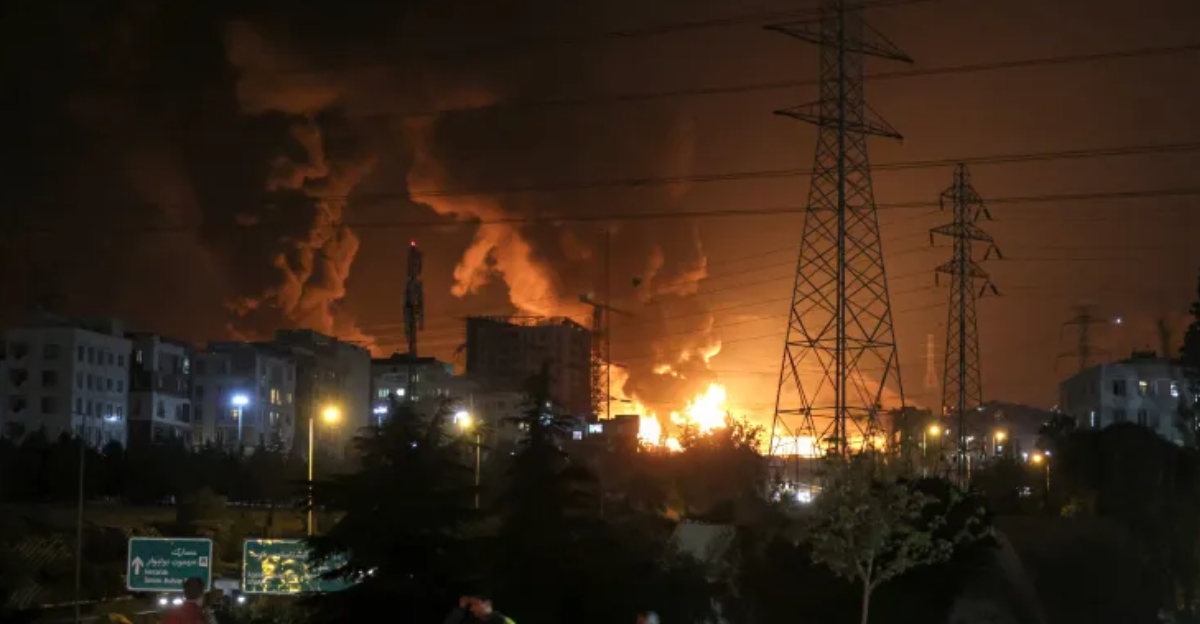
The South Pars gas field, shared with Qatar, produces approximately 610 million cubic meters of natural gas daily, making it vital to Iran’s energy sector. The Israeli strike caused a significant fire and explosion at a gas processing facility, leading to a partial shutdown of operations. This disruption threatens Iran’s gas supply and condensate production, which feeds its petrochemical industry. The field’s importance is underscored by its role in domestic energy consumption and export potential through Qatar’s adjacent North Field. The attack’s timing and precision suggest Israel’s intent to undermine Iran’s economic strength and military funding.
Impact on Iran’s Energy Sector
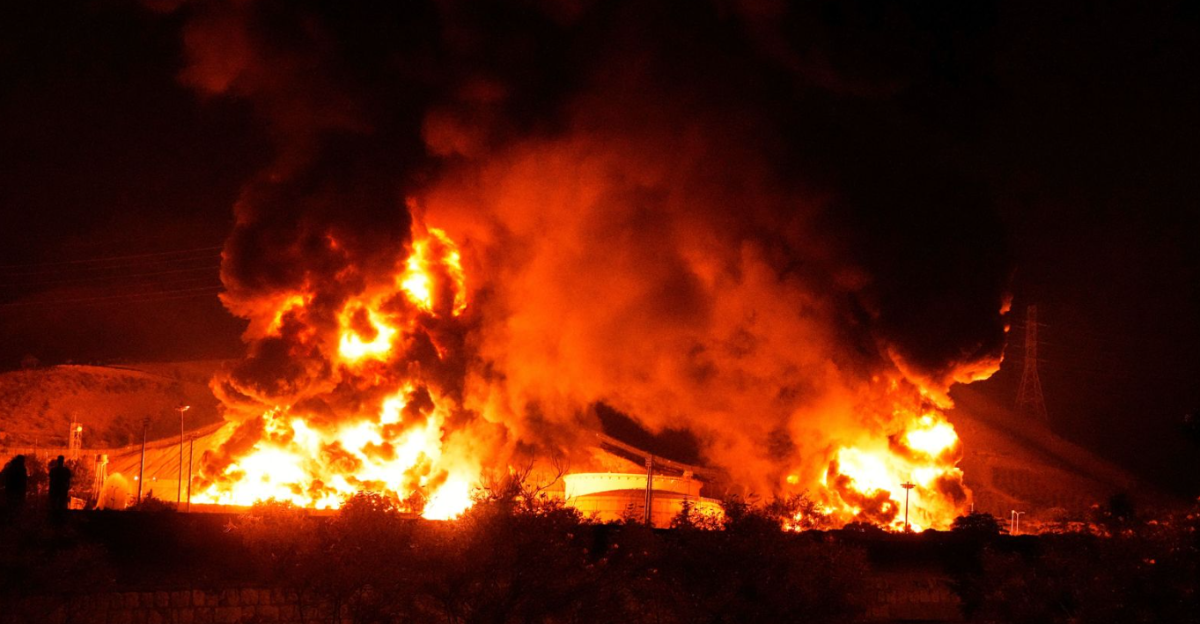
Following the attacks, Iran partially suspended gas production at South Pars, directly affecting about 80% of its gas output. Other energy sites, including oil storage depots and refineries near Tehran, suffered damage and operational disruptions. Despite official claims of no fuel supply problems, long lines formed at gas stations, indicating public concern. The strikes have caused fires and forced emergency responses, highlighting vulnerabilities in Iran’s energy infrastructure. This disruption is expected to have ripple effects on regional energy markets and Iran’s economy, which heavily depends on oil and gas revenues.
Civilian and Humanitarian Consequences
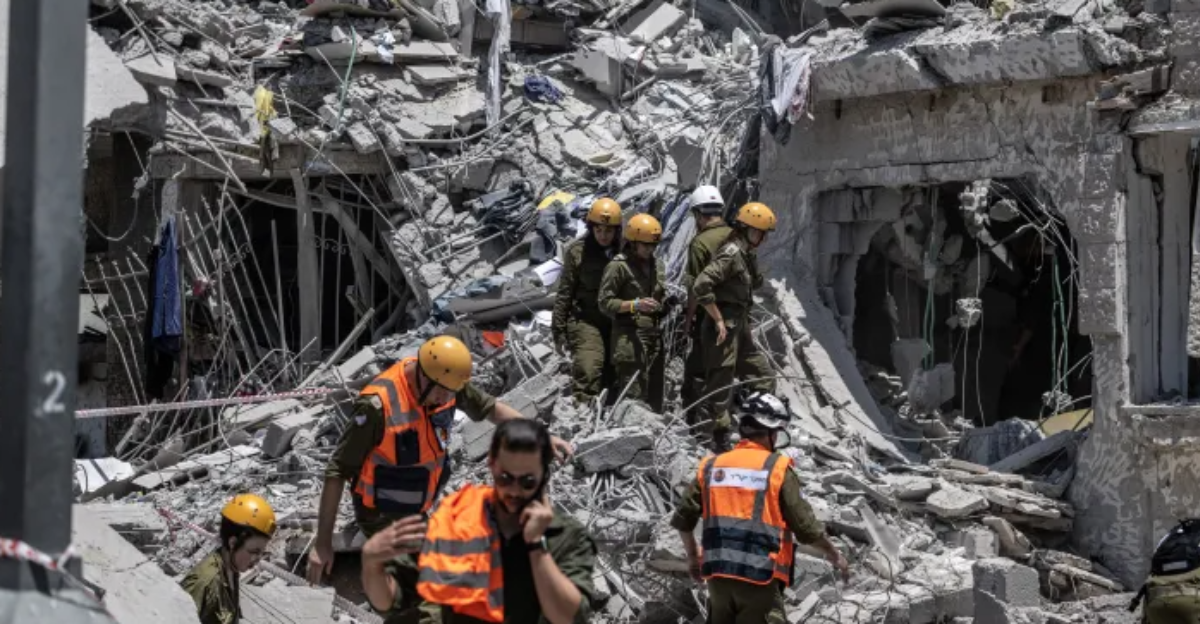
The Israeli strikes have resulted in significant civilian casualties. Iranian state media reported at least 80 deaths and around 800 injuries due to the recent assaults. Residential areas near military and energy targets were hit, causing structural damage and loss of life. On the Israeli side, missile attacks from Iran caused civilian casualties as well, with reports of deaths and injuries in northern Israel. The conflict’s expansion into civilian zones underscores the growing humanitarian crisis and raises urgent concerns about the protection of non-combatants in this escalating war.
Strategic Significance of Targeting Energy Infrastructure
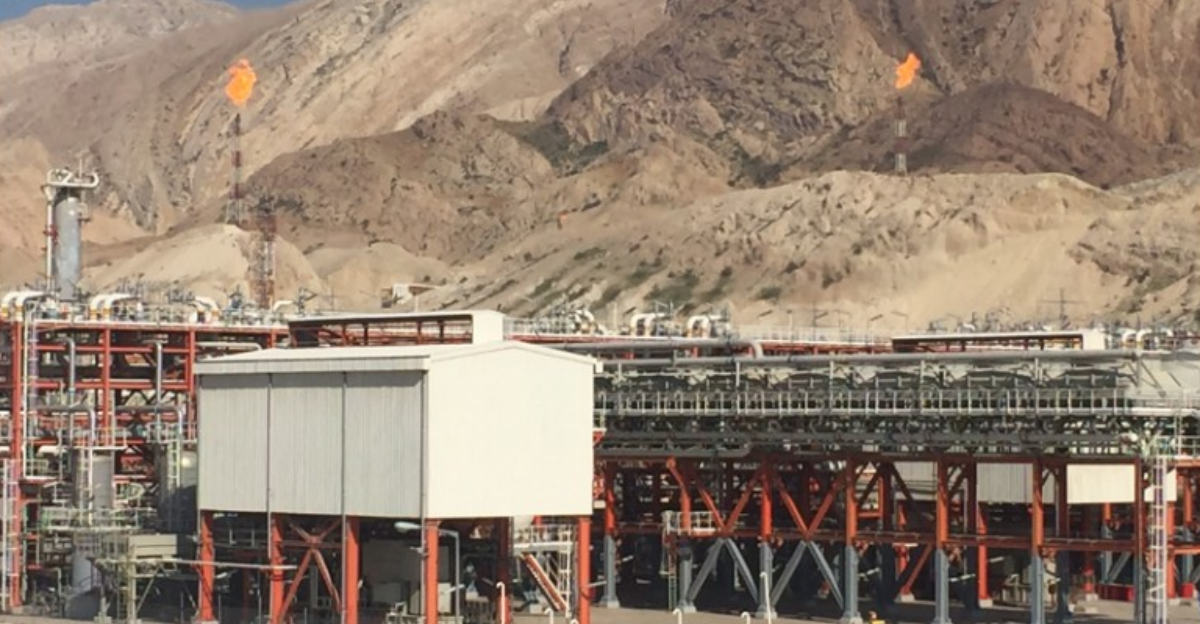
Iran is OPEC’s third-largest oil producer, accounting for about 7% of global natural gas production. The South Pars gas field is a cornerstone of Iran’s energy sector, making it a high-value target. By striking these facilities, Israel aims to impede Iran’s ability to finance its military and nuclear ambitions. Disrupting Iran’s energy exports and domestic supply could weaken its regional influence and pressure Tehran politically and economically. This strategy reflects a shift from targeting solely military and nuclear sites to attacking economic infrastructure to achieve broader strategic goals.
Regional and Global Market Reactions

The strikes have caused immediate spikes in oil prices due to fears of prolonged instability in the Middle East. Iran’s potential closure of the Strait of Hormuz, a critical chokepoint for global oil shipments, has further alarmed markets. Energy supply disruptions in Iran and Israel have forced both countries to adjust their energy production strategies, with Israel temporarily shutting down major offshore gas fields. These developments have heightened global concerns about energy security and the risk of wider conflict affecting oil and gas supplies worldwide.
Political and Military Escalation

The conflict has escalated rapidly, with Israel and Iran exchanging missile and drone attacks on military and civilian targets. Israel’s strikes were reportedly in response to Iranian missile barrages targeting Israeli civilian areas. Both sides have issued warnings of further escalation, with Iran threatening to close the Strait of Hormuz. The cancellation of nuclear negotiations between the US and Iran amid these attacks signals a bleak outlook for diplomatic resolution in the near term. The conflict’s expansion into energy infrastructure marks a dangerous new phase with potentially broader regional implications.
A Long-Standing Rivalry
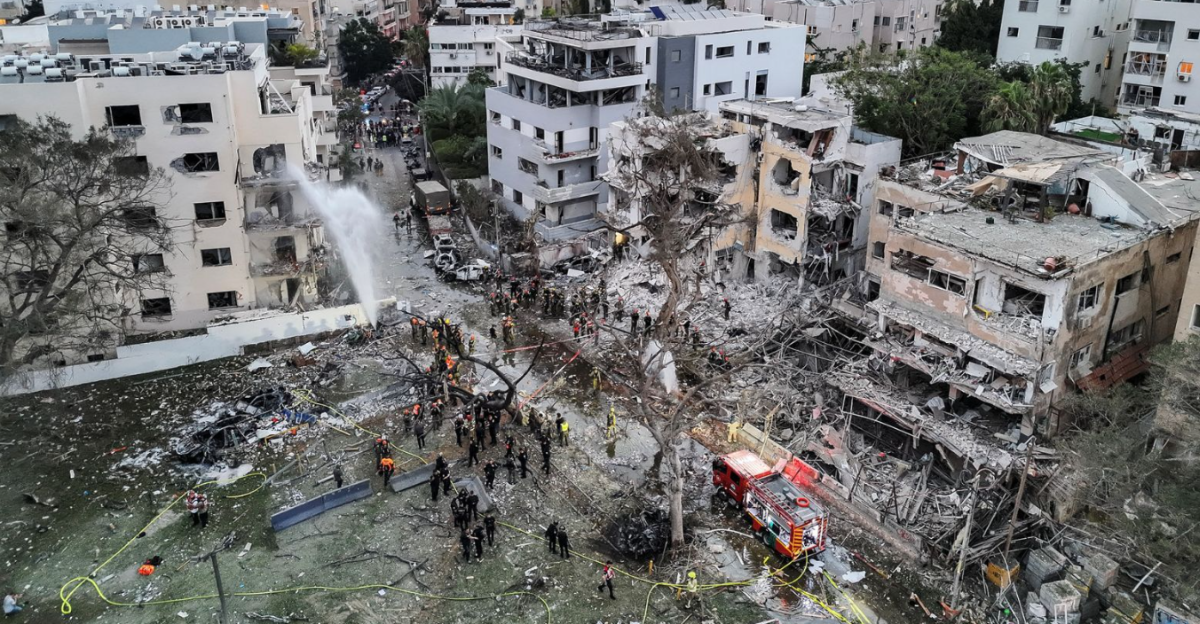
The Israel-Iran conflict has deep roots, with tensions escalating over Iran’s nuclear program and regional ambitions. Previous exchanges of strikes occurred in 2024, but the 2025 attacks represent the most intense and wide-ranging offensive to date. Historically, Iran’s energy sector has been a less direct target, making this campaign unprecedented. The current conflict unfolds against a backdrop of broader Middle East crises, including the Gaza war and tensions involving Hezbollah, adding complexity and risk to regional stability.
Unexpected Industry Intersections: Energy and Security

The strikes highlight how intertwined energy infrastructure and national security have become. Disruptions in gas and oil production affect military capabilities, civilian energy access, industrial output, and global markets. This conflict exemplifies how energy assets can become strategic military targets, raising questions about protecting critical infrastructure worldwide. It also underscores the vulnerability of global energy supply chains to geopolitical conflicts, with implications for industries reliant on stable energy prices and supplies.
Risks of Targeting Energy Infrastructure

While targeting energy infrastructure aims to weaken Iran economically, some experts warn it could backfire by hardening Tehran’s resolve and provoking wider conflict. Disruptions to civilian energy supplies may fuel domestic unrest but also rally nationalist support for the government. Moreover, escalating attacks on critical infrastructure risk draw in other regional powers and destabilize global energy markets. This approach could prolong the conflict and complicate diplomatic efforts, suggesting that military gains might come at a high political and humanitarian cost.
The South Pars Field’s Global Importance
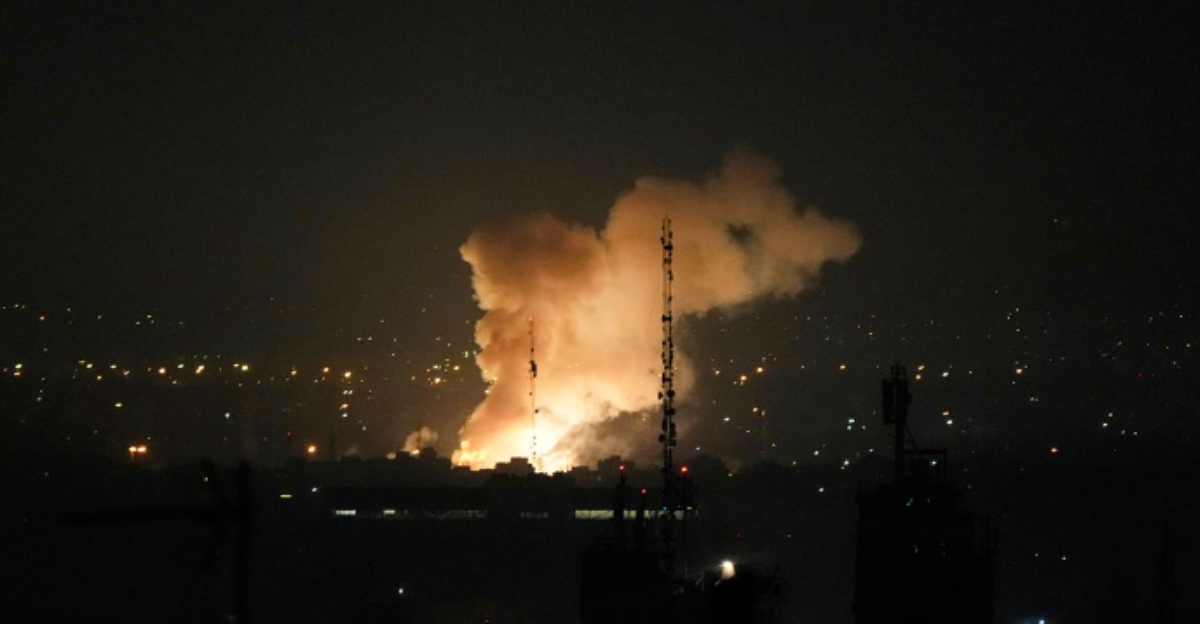
The South Pars gas field is not only vital to Iran but also to the global energy landscape. It produces more natural gas than any other field worldwide, feeding Qatar’s LNG exports and regional energy needs. Damage to this field could have far-reaching consequences beyond Iran’s borders, affecting global LNG prices and energy security in Europe and Asia. The attack on such a globally significant asset underscores the high stakes of the conflict and the potential for energy disputes to trigger broader international tensions.
Effects Of The Strikes
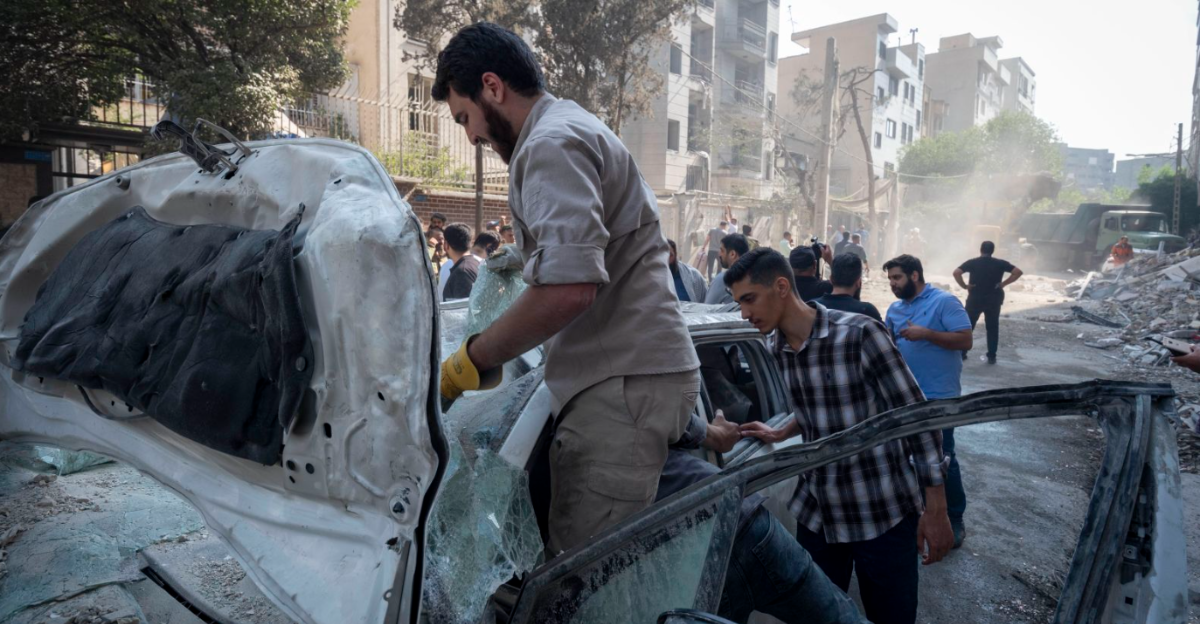
Israel’s strikes on Iran’s energy infrastructure, particularly the South Pars gas field, mark a significant escalation in the Iran-Israel conflict. The attacks have disrupted Iran’s gas production, caused civilian casualties, and heightened regional and global energy market anxieties. Both nations appear poised for further confrontation, with diplomatic efforts stalled. Targeting energy assets introduces new risks and complexities, potentially prolonging the conflict and impacting global energy security. The coming weeks will be critical in determining whether this escalation leads to broader war or renewed diplomatic engagement.
Uncover more fascinating moments from history — and hit Follow to keep the stories flowing to your feed!

Don’t miss more incredible stories from the past! Tap Follow at the top of this article to stay updated with the latest historical discoveries. Share your thoughts in the comments — we’d love to hear your perspective!

